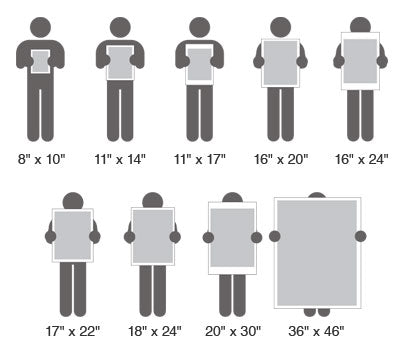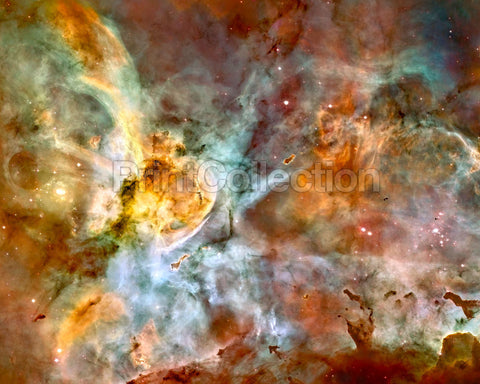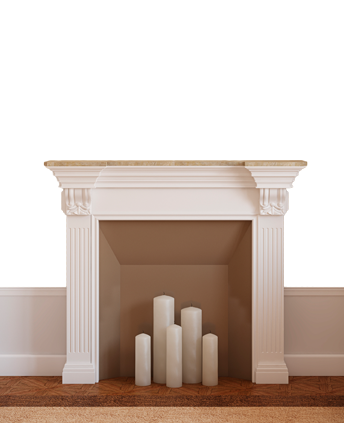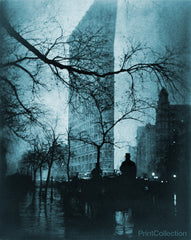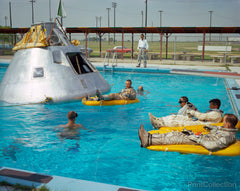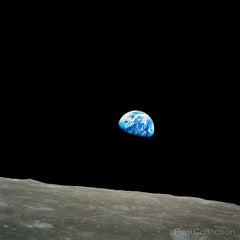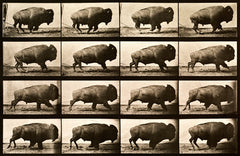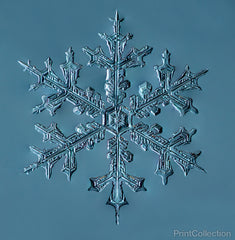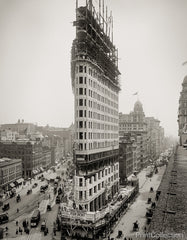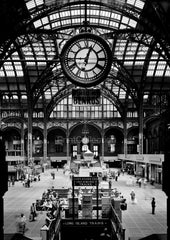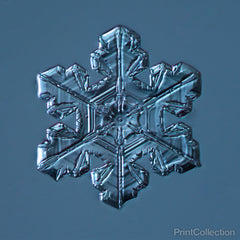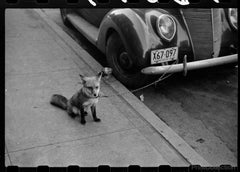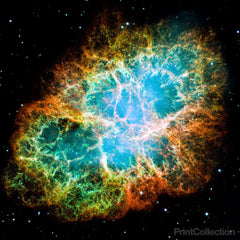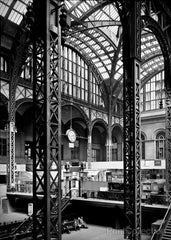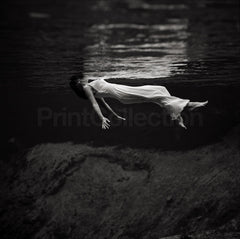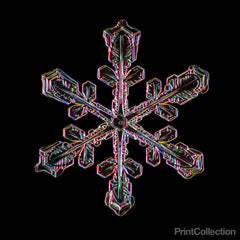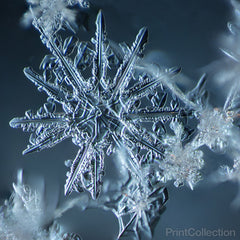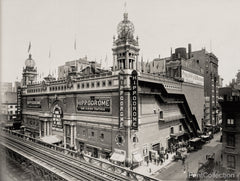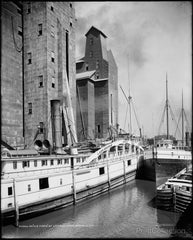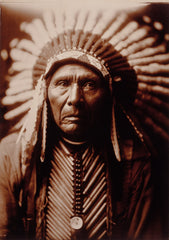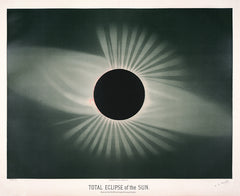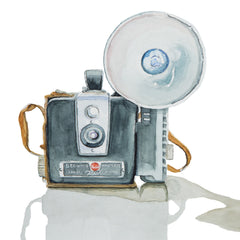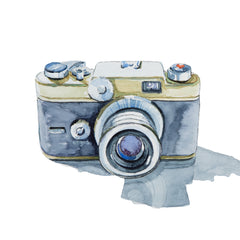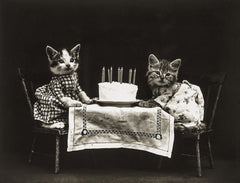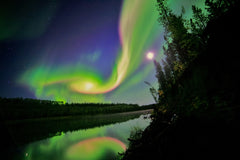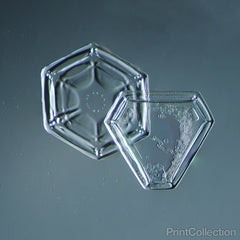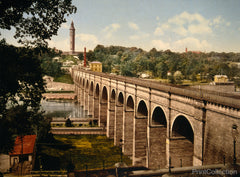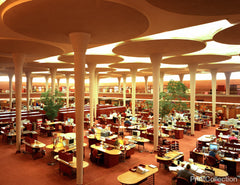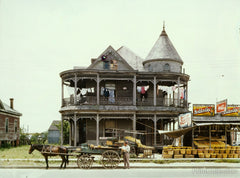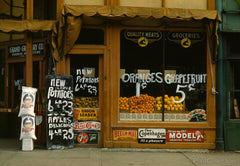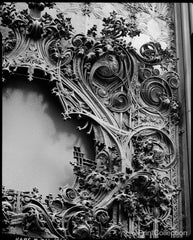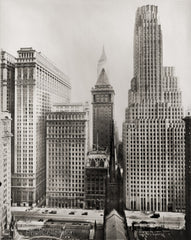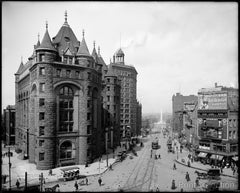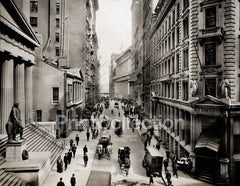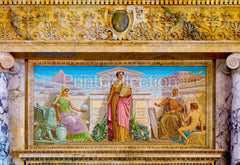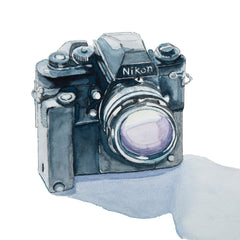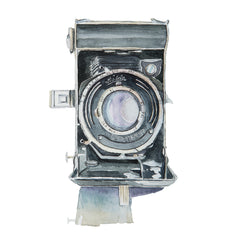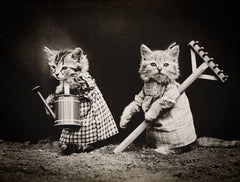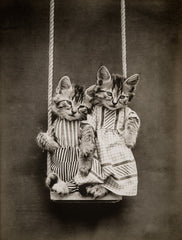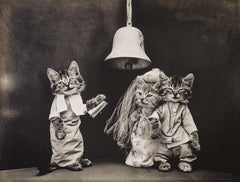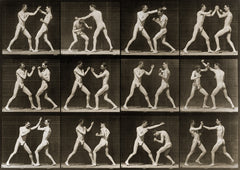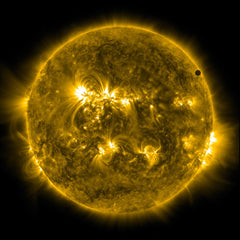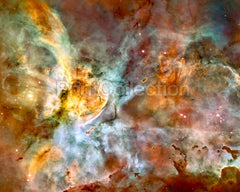Mosaic of the Carina Nebula
In celebration of the 17th anniversary of the launch and deployment of NASA's Hubble Space Telescope, a team of astronomers is releasing one of the largest panoramic images ever taken with Hubble's cameras. It is a 50-light-year-wide view of the central region of the Carina Nebula where a maelstrom of star birth - and death - is taking place.
Hubble's view of the nebula shows star birth in a new level of detail. The fantasy-like landscape of the nebula is sculpted by the action of outflowing winds and scorching ultraviolet radiation from the monster stars that inhabit this inferno. In the process, these stars are shredding the surrounding material that is the last vestige of the giant cloud from which the stars were born.
The immense nebula contains at least a dozen brilliant stars that are roughly estimated to be at least 50 to 100 times the mass of our Sun. The most unique and opulent inhabitant is the star Eta Carinae, at far left. Eta Carinae is in the final stages of its brief and eruptive lifespan, as evidenced by two billowing lobes of gas and dust that presage its upcoming explosion as a titanic supernova.
The fireworks in the Carina region started three million years ago when the nebula's first generation of newborn stars condensed and ignited in the middle of a huge cloud of cold molecular hydrogen. Radiation from these stars carved out an expanding bubble of hot gas. The island-like clumps of dark clouds scattered across the nebula are nodules of dust and gas that are resisting being eaten away by photoionization.
The hurricane blast of stellar winds and blistering ultraviolet radiation within the cavity is now compressing the surrounding walls of cold hydrogen. This is triggering a second stage of new star formation.
Our Sun and our solar system may have been born inside such a cosmic crucible 4.6 billion years ago. In looking at the Carina Nebula we are seeing the genesis of star making as it commonly occurs along the dense spiral arms of a galaxy.
The immense nebula is an estimated 7,500 light-years away in the southern constellation Carina the Keel (of the old southern constellation Argo Navis, the ship of Jason and the Argonauts, from Greek mythology).
This image is an assembled image from 48 frames taken with Hubble Space Telescope's Advanced Camera for Surveys. The Hubble images were taken in the light of neutral hydrogen. Color information was added with data taken at the Cerro Tololo Inter-American Observatory in Chile. Red corresponds to sulfur, green to hydrogen, and blue to oxygen emission.
Carina Nebula, NGC 3372. Credit for Hubble Image: NASA
Great care has been taken to reproduce this image for you. We stand behind the quality of your print with a 100% customer satisfaction guarantee.
